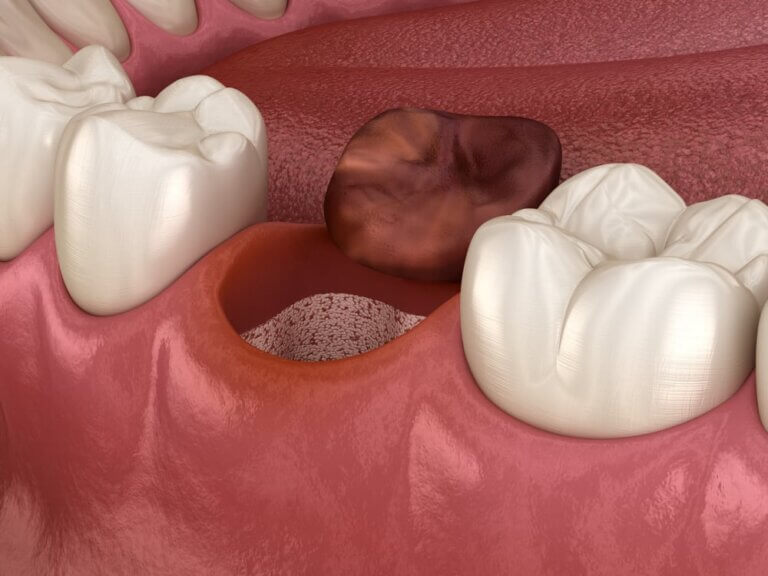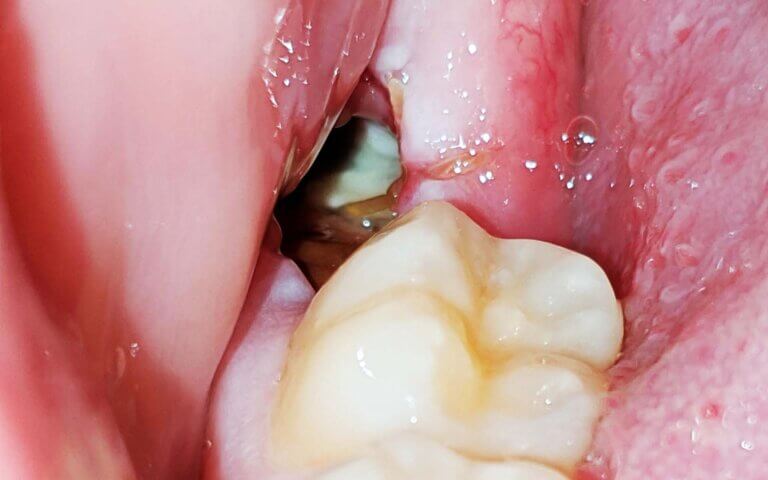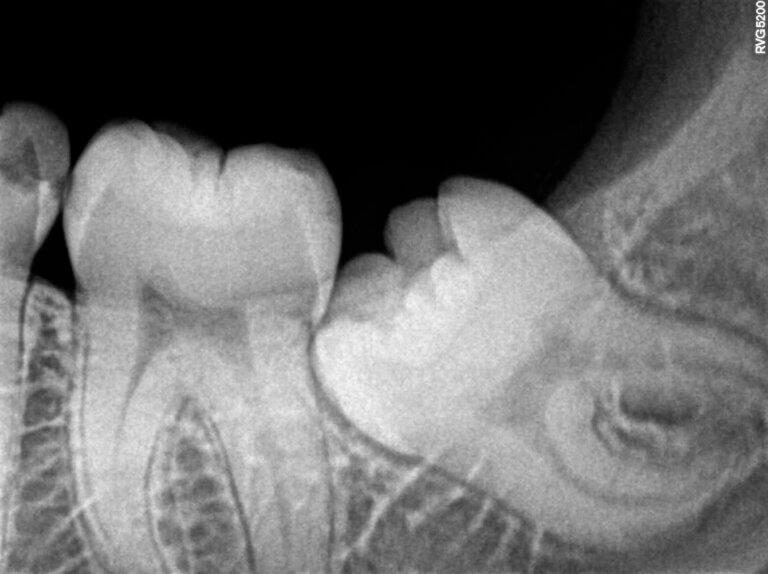Dry Socket: Symptoms, Causes, Prevention & Treatment

What Is A Dry Socket?
Dry socket, also known as alveolar osteitis, is a painful complication that can occur after a tooth extraction. Typically, a blood clot forms in the extraction site, acting as a protective layer over the bone and nerves while healing takes place. However, when this blood clot becomes dislodged or fails to form properly, it leaves the underlying bone exposed, leading to increased pain, slower healing, and potential infection. Dry socket is most commonly associated with wisdom tooth removal but can occur after any extraction.
Dry socket treatment involves managing symptoms and encouraging proper healing, often requiring care from a dentist or oral surgeon. Before seeking help from a dentist, there are some things you should know about dry socket:
- Symptoms of Dry Socket
- Causes of Dry Socket
- Complications of Dry Socket
- Treatment of Dry Socket
- Frequently Asked Questions About Dry Socket
If you have further questions and concerns about dry socket, please contact us.
Symptoms Of Dry Socket
Signs and symptoms of dry socket may include:
- Severe Pain: Usually within 1-3 days after tooth extraction, pain often radiates to areas like the ear, eye, neck, or temple on the same side as the extraction.
- Empty-looking Socket: The absence of a blood clot reveals an empty socket, potentially with visible bone.
- Bad Odor and Taste: A foul smell or unpleasant taste in the mouth due to trapped food particles and bacteria in the socket.
- Delayed Healing: Prolonged inflammation, swelling, and discomfort, suggesting the healing process has slowed.
If you experience any of these symptoms after a tooth extraction, it’s important to contact your dentist immediately for proper diagnosis and treatment.

Causes Of Dry Socket
The precise cause of dry socket is unknown. Multiple risk factors may be involved, including:
- Premature Loss of Blood Clot: If the blood clot is dislodged or dissolves too soon, dry socket can occur.
- Bacterial Infection: An infection can interfere with clot formation or cause it to break down prematurely.
- Trauma to Extraction Site: Actions like using a straw, spitting forcefully, or even heavy physical exertion can disturb the clot.
- Smoking and Tobacco Use: Smoking reduces blood flow and can introduce harmful chemicals, impairing healing.
- Poor Oral Hygiene: Insufficient dental care post-extraction can lead to bacterial build-up and increase infection risk.
- Age: Older adults may experience slower healing and are therefore more prone to dry socket.
- Difficult Extractions: Complex extractions, such as impacted wisdom teeth, carry a higher risk of dry socket.
It’s essential to follow your dentist’s post-operative instructions carefully to minimize the risk of developing dry socket after a tooth extraction.
Complications of Dry Socket
While dry socket itself is primarily known for causing pain, it can lead to several other complications if not properly managed:
- Delayed Healing: Slower recovery of the extraction site can extend the discomfort and risk of further complications.
- Infection: An exposed socket can develop bacterial infections, leading to increased pain and swelling.
- Nerve Damage: Although rare, untreated dry socket can cause nerve irritation, leading to numbness or tingling.
- Prolonged Pain: Severe, ongoing pain can disrupt daily life and may need prescription pain management.
- Osteomyelitis: A serious but rare infection in the bone itself, requiring antibiotics or surgical intervention.
If you experience any persistent pain or discomfort after a tooth extraction, it’s essential to contact your dentist for proper diagnosis and treatment. They can evaluate the condition and provide appropriate measures to minimize the risk of complications.
Treatment For Dry Socket
If you suspect you have dry socket, it’s essential to contact your dentist immediately. They can evaluate the condition and provide appropriate treatment to help manage the pain and promote healing. Here are some common treatments for dry socket:
- Pain Medications: You are also welcome to use over the counter pain relievers such as ibuprofen (Advil) or acetaminophen (Tylenol). Ask your dentist what dosage is right for you, but if you do not have a pre-existing medical condition of allergies, 1000mg acetaminophen (Tylenol) with 600mg ibuprofen (Advil) every 4-6 hours or as needed is a very powerful combination.
- Irrigation: Your dentist may rinse the socket with a medicated solution to help remove debris and prevent infection.
- Dressing changes: Your dentist may place a medicated dry socket dressing or special paste (often made of cloves) on the extraction site to help soothe the pain and promote healing.
- Self-care: Your dentist may also provide instructions on how to care for the extraction site at home, which may include gently rinsing your mouth with warm salt water, avoiding solid foods, and using ice packs to reduce swelling.
- Follow-up appointments: Your dentist may schedule follow-up appointments to monitor your healing progress and ensure that the socket is healing correctly.
It is essential to follow your dentist’s instructions carefully and contact them if you experience any persistent pain or discomfort after a tooth extraction.

Frequently Asked Questions About Dry Socket
- How common is dry socket?
Dry socket affects about 2-5% of tooth extractions, with higher occurrences in wisdom tooth extractions.
- Can dry socket heal on its own?
While some mild cases may heal without intervention, proper treatment ensures faster relief and reduces the risk of complications.
- Is dry socket more painful than typical post-extraction discomfort?
Yes, dry socket pain is usually more intense and may radiate to other areas of the face, unlike normal post-extraction pain.
- How long does it take for dry socket to heal?
With prompt treatment, dry socket can improve within a few days. However, full healing may take 1-2 weeks.
- Can dry socket be prevented entirely?
Although you can reduce the risk with proper care, some individuals may still develop dry socket due to factors beyond their control.
Dry socket requires the expertise of an experienced dentist. If you think you are experiencing dry socket from a recent tooth removal, please contact us.

